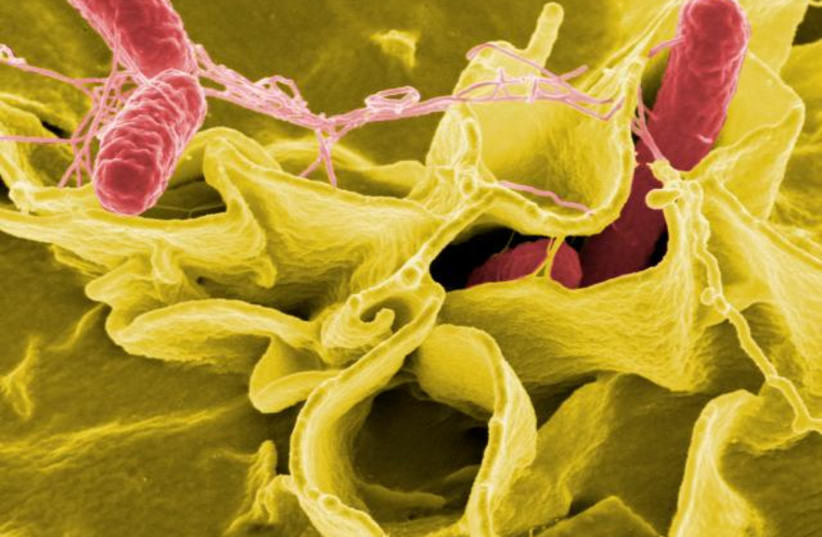You can't deny the convenience of putting frozen food to heat in the microwave, toaster, or frying pan without oil (air fryer) when you're hungry and in a hurry, and in general. But a new CDC report suggests that people are getting repeated outbreaks of food poisoning because they reheat frozen chicken products in appliances other than an oven.
These are usually stuffed products coated in breadcrumbs. These are indeed cooked before freezing, but some of the products have completely raw chicken inside. Because of the breading, people often think they are fully cooked, but these chicken products need to reach an internal temperature of about (165F) 74C to be safe to eat. Therefore, they should be cooked in a conventional oven if possible, according to the CDC.
Since 1998, coated and stuffed chicken products have been linked to 14 outbreaks and about 200 illnesses, according to the USDA. Last year, an outbreak involving these products resulted in 36 infections and 12 hospitalizations in 11 states. People who got sick reported ignoring the cooking instructions, cooking the food in a microwave or air fryer, cooking the food for a shorter time than recommended, or not using a food thermometer to make sure the meat was at the right temperature.
Studies have found that smaller, portable (and often cheaper) devices may not be able to heat or cook frozen chicken enough to kill various bacteria, most commonly salmonella. For example, they may heat only one part of the chicken to a high enough temperature.
Most cases of salmonella come from animal products such as poultry, eggs and milk - especially from those that are not well cooked or from unpasteurized milk. The reason for the spread of the virus is, among other things, that the instructions on many frozen chicken products do not include information about cooking them in anything other than a regular oven. To make matters worse, data shows that many people ignore these instructions entirely or throw them away long before they decide to cook a product.

So while in some cases it can be safe to use a microwave or air fryer to make frozen chicken, experts say it's important to pay attention to the instructions, know what raw versus cooked chicken looks like and check the appliance's wattage to make sure it's capable of cooking the chicken.
Over half of Americans use other appliances besides ovens to heat up chicken
CDC researchers conducted a nationally representative survey between May and July of more than 4,100 people who use such products. They found that about 83 percent of respondents used an oven as one of their cooking methods for frozen stuffed chicken products, but 54 percent reported using other appliances instead of or in addition to ovens; 30 percent said they used an air fryer, 29 percent used a microwave, 14 percent used a toaster oven, and four percent used other appliances.
